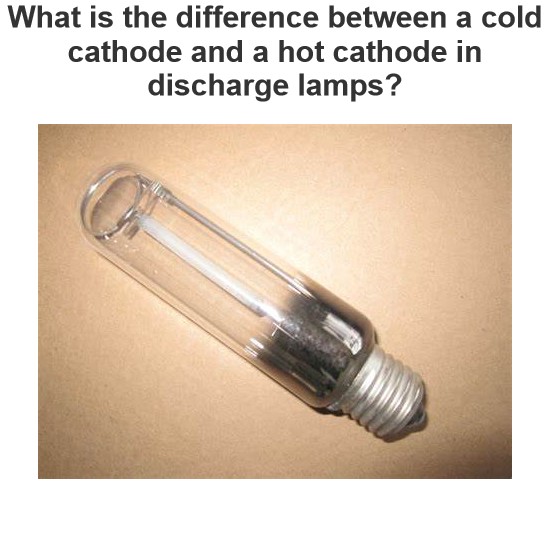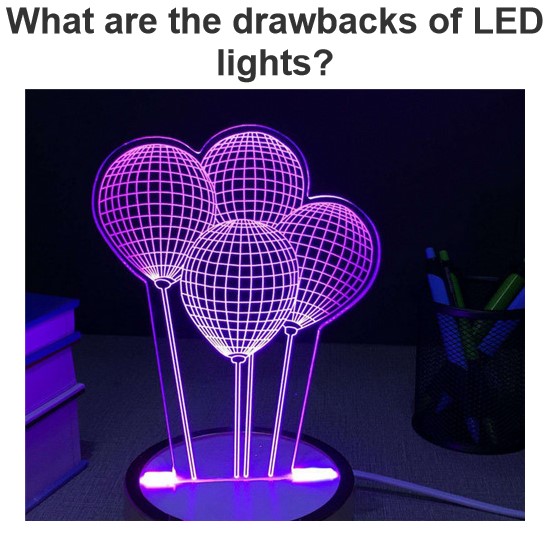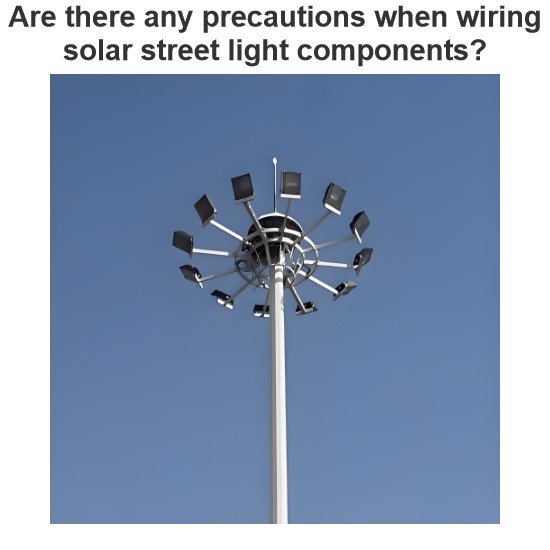Mercury Vapour Lamp
In case of fluorescent lamp the mercury vapour pressure is maintained at lower level such that 60% of the total input energy gets converted into 253.7 nm single line. Again transition of the electrons requires least amount of input energy from a colliding electron. As pressure increases the chance of multiple collisions gets increased. A schematic diagram of mercury lamp is shown below. This lamp is containing an inner quartz arc tube and outer borosilicate glass envelope. The quartz tube is able to withstand arc temperature 1300K, whereas the outer tube withstands only 700K.

Between two tubes nitrogen gas is filled to provide thermal insulation. This insulation is for to protect the metal parts from oxidation due to higher arc temperature. The arc tube contains the mercury and argon gas. Its operational function is same as the fluorescent lamp. Two main electrodes and a starting electrode are inside the arc tube. Each main electrode holds a tungsten rod upon which a double layer of coiled tungsten wire is wound. Basically the electrodes are dipped into a mixture of thorium, calcium and barium carbonates.
They are heated to convert these compounds into oxides after dipping. Thus they get thermally and chemically stable to produce electrons. The electrodes are connected through a quartz tube by molybdenum foil leads.
Just when the main supply voltage is applied to the mercury lamp, this voltage comes across the starting electrode and the adjacent main electrode (bottom electrode) as well as across two main electrodes (bottom and top electrodes). As the gap between starting electrode and bottom main electrode is small the voltage gradient is high in this gap.
Because of this high voltage gradient across the stating electrode and the adjacent main electrode (bottom), a local argon arc is created, but the current gets limited by using a starting resistor.
This initial arc heats up the mercury and vaporizes it and this mercury vapor helps to strike the main arc soon. But the resistance for the main arc current control resistor is somewhat less than the resistance of the resistor used in the initial arc current control purpose. For this reason initial arc stops and main arc continues to operate. It takes 5 to 7 minutes to make all of the mercury to be vaporized completely. The lamp gets its state of its operational stability. The mercury vapor arc gives visible spectra of green, yellow and violet. But there may be still some invisible ultraviolet radiation during discharging process of mercury vapour so phosphor coating may be provided on outer glass cover to improve efficiency of the mercury lamp.
There are five lamps with phosphor coating to provide improved color performance. As the wattage increases the initial lumen ratings for the phosphor coated lamps get available with 4200, 8600, 12100, 22500 and 63000 ratings. The average life of mercury lamp is 24000 hours i.e. 2 years 8 months.
Mercury Lamp data is given below.
Statement: Respect the original, good articles worth sharing, if there is infringement please contact delete.
Electrical4U is dedicated to the teaching and sharing of all things related to electrical and electronics engineering.














